Adenium, commonly known as desert rose, is a genus of succulent plants in the Apocynaceae family. These plants are known for their unique caudex (swollen trunk or stem) and stunning flowers. Here is some detailed information about Adenium:
- Appearance: Adenium plants vary in size and form, but they typically have a thick, fleshy stem or caudex that serves as a water storage organ. The stem can be bulbous, cylindrical, or twisted, depending on the species and variety. Atop the caudex, Adenium develops a canopy of leathery, glossy leaves that are usually arranged spirally or in whorls.
- Flowers: Adenium produces showy, trumpet-shaped flowers that are a major highlight of the plant. The flowers can be single or double-petaled, and they come in a wide range of colors, including shades of pink, red, white, and yellow. The flowers often have striking patterns or color gradients, adding to their visual appeal.
- Species and Cultivars: The Adenium genus includes several species, with Adenium obesum being the most commonly cultivated. There are also numerous cultivars and hybrids available, offering variations in flower colors, sizes, and forms. Some cultivars may exhibit variegated leaves or different growth habits.
- Native Range: Adeniums are native to arid regions of Africa and the Arabian Peninsula. They are well adapted to hot and dry climates and are often found in desert-like environments.
- Growing Conditions: Adeniums thrive in full sun and require well-draining soil to prevent root rot. They are highly drought-tolerant but benefit from regular watering during the active growth period. These plants prefer warm temperatures and are not cold-hardy, so they are commonly grown as houseplants or in tropical and subtropical regions.
- Uses: Adeniums are popular as ornamental plants and are commonly grown in gardens, landscapes, and as potted specimens. They are valued for their unique caudex and stunning flowers, which make them a focal point in any setting. Adeniums can also be trained as bonsai, as their caudex lends itself well to shaping and manipulation.
- Maintenance: Adeniums require minimal maintenance but benefit from some care. They should be protected from frost and cold temperatures. Regular watering is essential during the active growth period, but the soil should be allowed to dry out between waterings to prevent root rot. Pruning can be done to shape the plant or remove dead or leggy growth. Adeniums are generally resistant to pests and diseases but can be susceptible to mealybugs and aphids.
While Adeniums are beautiful plants, it’s important to note that some parts of the plant, especially the sap, can be toxic if ingested. It’s advisable to handle Adeniums with caution and keep them away from curious pets or children.
Overall, Adeniums, with their unique caudex and stunning flowers, are prized for their beauty and adaptability to arid conditions. Whether grown indoors or in suitable climates, these plants add a touch of exotic elegance to any garden or collection.

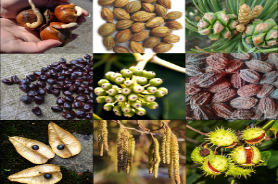

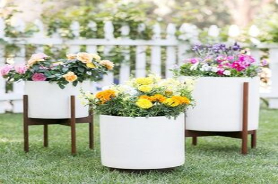



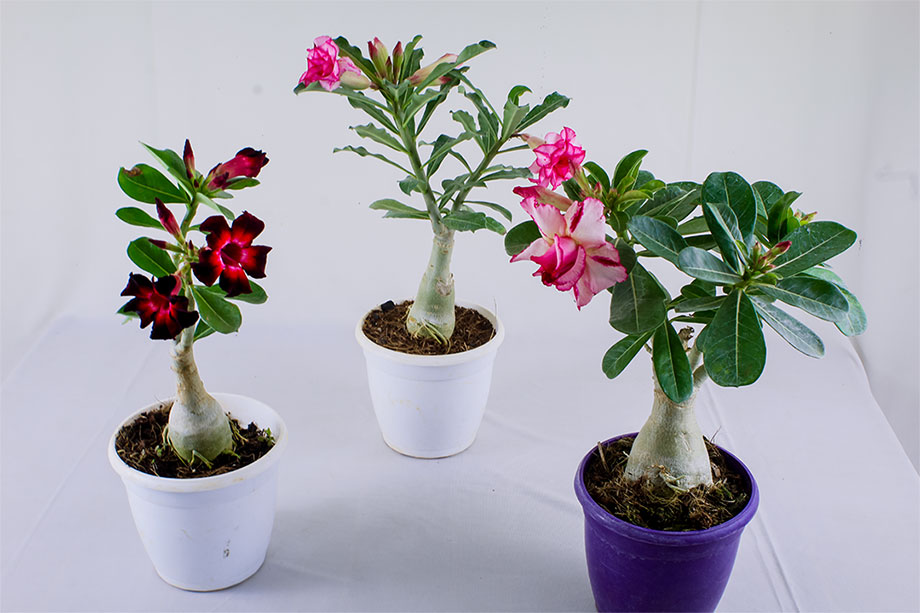

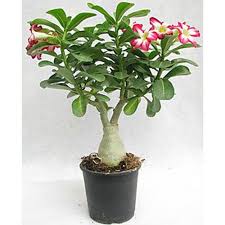


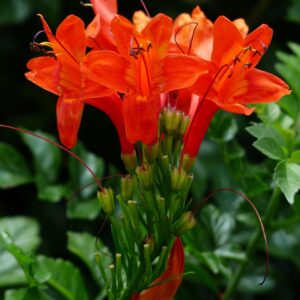


Reviews
There are no reviews yet.